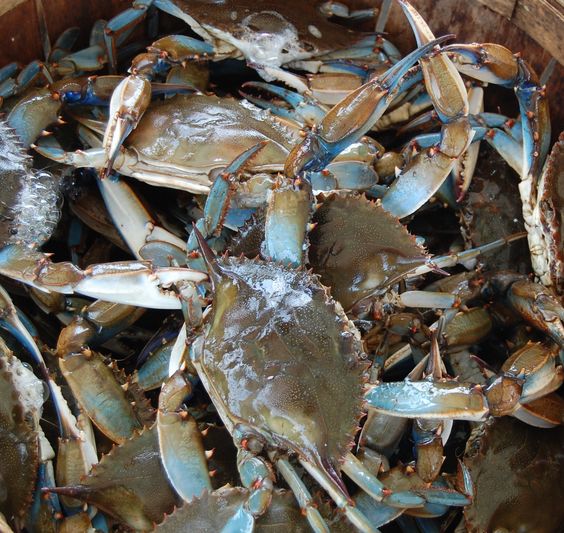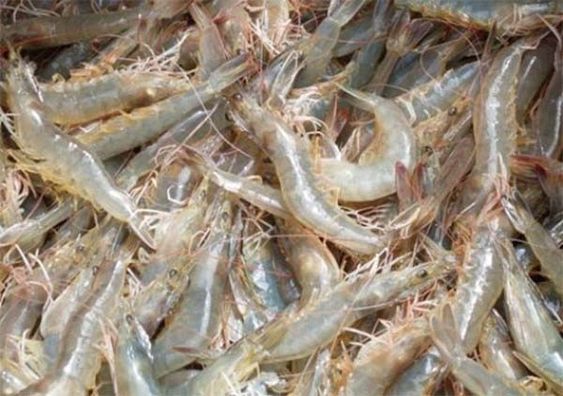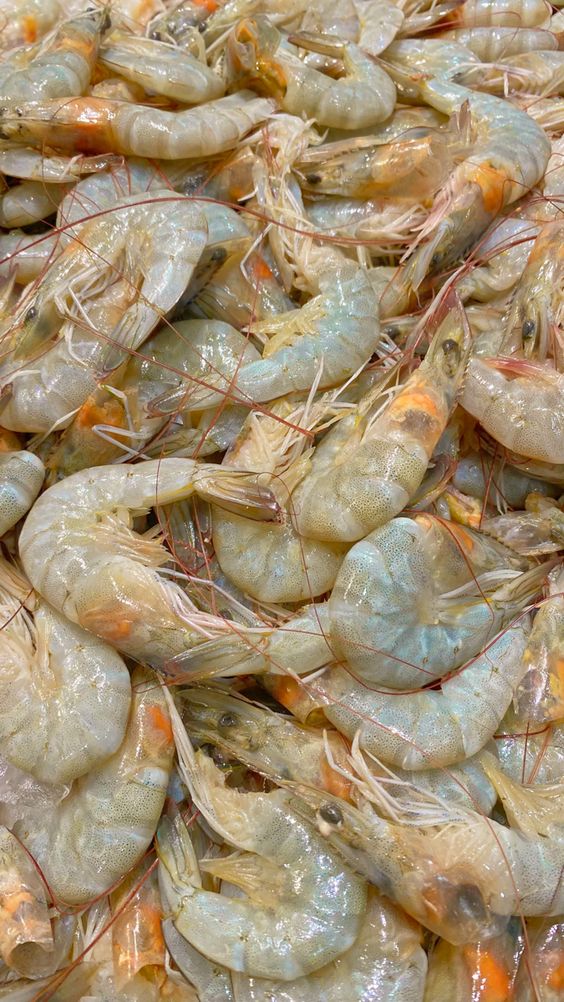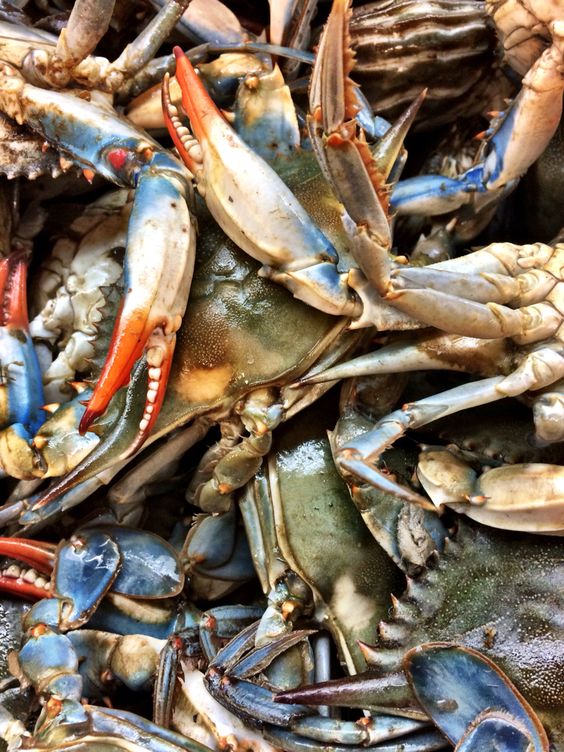Cracking the Code: A Guide to Sustainable Crab Consumption
Sustainable Crab, with its sweet, delicate flesh and versatility in dishes, has become a popular seafood choice. However, the growing demand for crab meat raises concerns about the sustainability of these crustacean populations. Overfishing and irresponsible fishing practices can disrupt ocean ecosystems and harm the long-term health of crab stocks.
This article dives deep into the world of sustainable crab, exploring the challenges and solutions for responsible consumption. We’ll equip you with the knowledge to make informed choices when buying crab and support healthy ocean ecosystems.
Contents
Why Sustainable Crab Matters
Crabs play a crucial role in maintaining healthy marine environments. They are bottom feeders, helping to keep the ocean floor clean by consuming detritus (decomposing organic matter) and controlling populations of other invertebrates. Additionally, some crab species are prey for larger fish, birds, and marine mammals, forming a vital link in the ocean food chain.
Unsustainable crab fishing practices can have several negative consequences:
- Overfishing: When crab populations are harvested faster than they can naturally replenish, it can lead to population decline. This disrupts the food chain and reduces the resilience of the ecosystem.
- Habitat Destruction: Certain fishing gear, like bottom trawls, can damage the seafloor, destroying essential crab habitats like mangrove forests and seagrass meadows.
- Bycatch: Unintended capture of other marine life, including endangered species or juvenile crabs, can occur during crab fishing. This disrupts the ecological balance and reduces biodiversity.
Ensuring sustainable crab fishing practices is vital for maintaining healthy crab populations, preserving the delicate balance of marine ecosystems, and safeguarding the livelihoods of fishermen who depend on these resources.
Several factors contribute to the challenge of sustainable crab fishing:
- High Demand: The global appetite for crab is growing, driven by its popularity in various cuisines. This increased demand puts pressure on crab stocks.
- Complex Life Cycles: Crabs have intricate life cycles that vary by species. Understanding their breeding patterns and population dynamics is crucial for setting sustainable catch limits.
- Illegal Fishing: Unregulated fishing practices that ignore quotas and restrictions can significantly impact crab populations.
- Transparency Issues: Tracing the origin of crab meat back to sustainable fisheries can be difficult due to a lack of transparency in the supply chain.
Addressing these challenges requires a multifaceted approach. Here are some key initiatives driving progress:
- Fisheries Management: Implementing quotas, size limits, and seasonal restrictions based on scientific data helps ensure crab populations can replenish naturally.
- Gear Innovation: Developing more selective fishing gear that reduces bycatch and minimizes habitat damage is critical.
- Marine Protected Areas: Creating designated ocean areas where fishing is restricted or prohibited allows crab populations to recover in a safe environment.
- Traceability and Certification: Programs like the Marine Stewardship Council (MSC) certification provide independent verification that crab meat originates from well-managed fisheries that meet sustainability standards.
Sustainable Choices: Empowering You as a Consumer
As a consumer, you have the power to influence the sustainability of the seafood industry. Here’s how you can make a difference:
- Look for the MSC Label: When buying crab meat, prioritize options with the MSC blue eco-label. This certification signifies that the crab comes from a sustainable fishery.
- Ask Questions at Seafood Counters: Engage with your local fishmonger or seafood department staff. Ask about the source of their crab and their commitment to sustainable practices.
- Explore Alternative Species: Consider trying less popular crab species that are managed sustainably. This can help reduce pressure on heavily fished species.
- Buy Local, When Possible: Opting for locally caught crab can minimize the environmental impact of transportation and support your local fishing communities.
- Be Wary of Price: Extremely low crab prices might indicate unsustainable fishing practices. Responsible fisheries often invest in responsible management measures, which can be reflected in the price.
By being mindful of your choices and seeking out sustainable options, you can contribute to a healthier future for our oceans and the delicious crab populations they support.
Beyond the Label: Additional Considerations
Sustainable Crab,While the MSC label is a valuable tool, it’s not the only factor to consider. Here are some additional points to keep in mind:
- Seasonality: Respecting the natural breeding seasons of crab helps ensure populations remain healthy. Consider seasonal availability when selecting crab meat.
- Responsible Consumption: Practice mindful portion control to avoid unnecessary waste. Buy only what you need and avoid impulse purchases.
- Support Sustainable Restaurants: Patronize restaurants that prioritize sustainable seafood practices and can showcase the origin of their crab offerings.
By combining responsible purchasing habits with an awareness of broader issues, you can become a champion for sustainable crab consumption.






